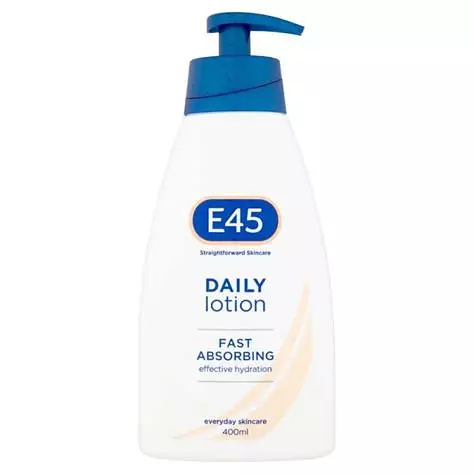Nivea Soft Moisturizing Crème - US Versus Clinique Take The Day Off Makeup Remover For Lids, Lashes & Lips
Updated on January 26, 2024
Overview
What they are
These products are both reef safe . They have a total of 3 ingredients in common
Free From
They both do not contain any common allergens, parabens or sulfates
What's Inside
They both contain silicones
We independently verify ingredients, and our claims are backed by peer-reviewed research. Spot a product that needs an update? Let us know.
Ingredient Info
Nivea Soft Moisturizing Crème 20 ingredients
Clinique Take The Day Off Makeup Remover For Lids, Lashes & Lips 13 ingredients
At a glance
Click on any of the items below to learn more
Nivea Soft Moisturizing Crème 20 ingredients
Clinique Take The Day Off Makeup Remover For Lids, Lashes & Lips 13 ingredients
Notable Ingredients
This product contains 1 ingredient that may have this attribute:
Benefits
This product contains 2 ingredients that may have this attribute:
This product contains 2 ingredients that may have this attribute:
Concerns
This product contains 1 ingredient that may have this attribute:
This product contains 5 ingredients that may have this attribute:
This product contains 1 ingredient that may have this attribute:
This product contains 1 ingredient that may have this attribute:
This product contains 2 ingredients that may have this attribute:
This product contains 2 ingredients that may have this attribute:
Concerns
This product contains 1 ingredient that may have this attribute:
This product contains 1 ingredient that may have this attribute:
This product contains 1 ingredient that may have this attribute:
Ingredients Side-by-side
Ingredients Explained
These ingredients are found in both products.
Ingredients higher up in an ingredient list are typically present in a larger amount.
Water. It's the most common cosmetic ingredient of all. You'll usually see it at the top of ingredient lists, meaning that it makes up the largest part of the product.
So why is it so popular? Water most often acts as a solvent - this means that it helps dissolve other ingredients into the formulation.
You'll also recognize water as that liquid we all need to stay alive. If you see this, drink a glass of water. Stay hydrated!
Learn more about WaterDimethicone is a silicone used for making products smooth and silky. It also has the added benefit of sealing in hydration. The amount of dimethicone found in beauty products is considered safe and non-comedogenic, meaning it won't clog pores.
Dimethicone has been found increase absorption in skin, boosting the benefits of other ingredients. While there is concern for the safety of dimethicone, the levels used in skincare are safe for use.
Phenoxyethanol is a preservative that has germicide, antimicrobial, and aromatic properties. Studies show that phenoxyethanol can prevent microbial growth. By itself, it has a scent that is similar to that of a rose.
It's often used in formulations along with Caprylyl Glycol to preserve the shelf life of products.
Ingredient Ratings
Here's what our community thinks of the ingredients in these products.
When to use
Nivea Soft Moisturizing Crème 20 ingredients
Clinique Take The Day Off Makeup Remover For Lids, Lashes & Lips 13 ingredients


Reviews
Here's what our community thinks
Nivea Soft Moisturizing Crème 20 ingredients
Mamabuja
Not for face!!!
i was using this on my face for a while, its VERY oily and clogged ALLLL my pores, i definitely wouldn't recommend this unless...
Not for face!!!
i was using this on my face for a while, its VERY oily and clogged ALLLL my pores, i definitely wouldn't recommend this unless you're looking for a cheap body moisturizer
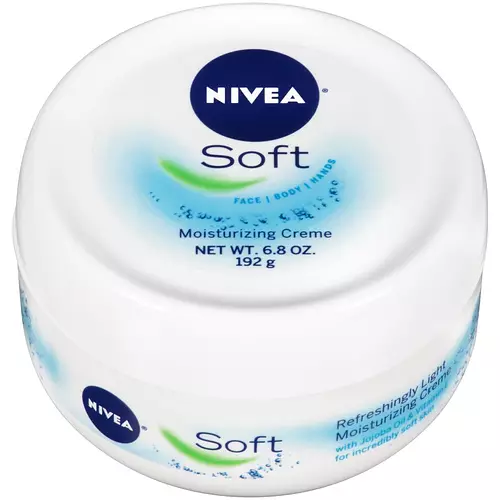
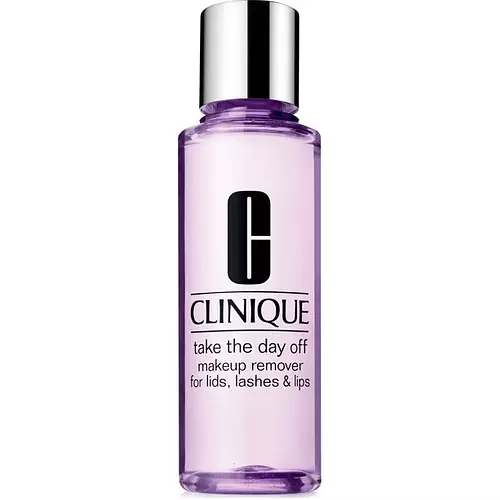




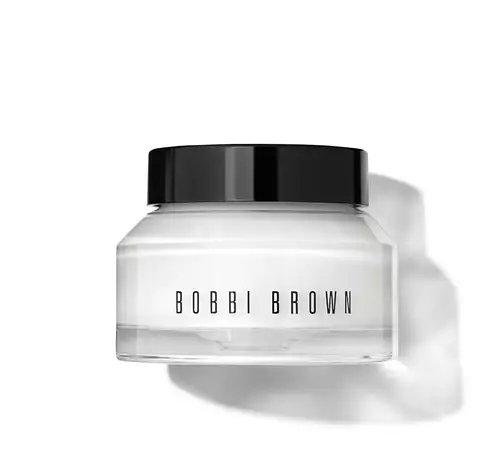
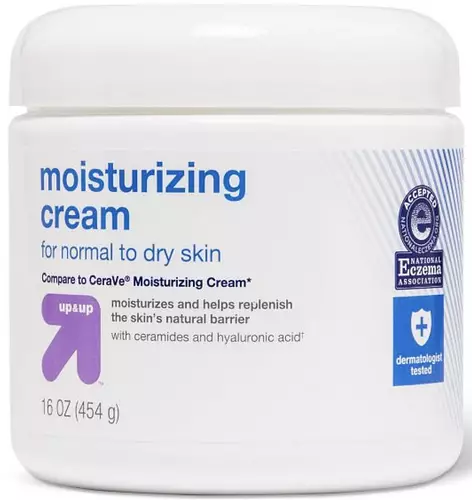

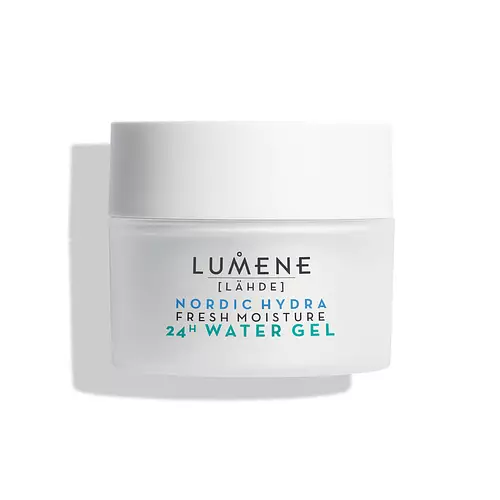
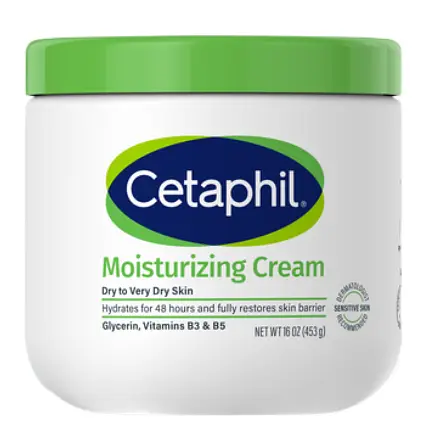
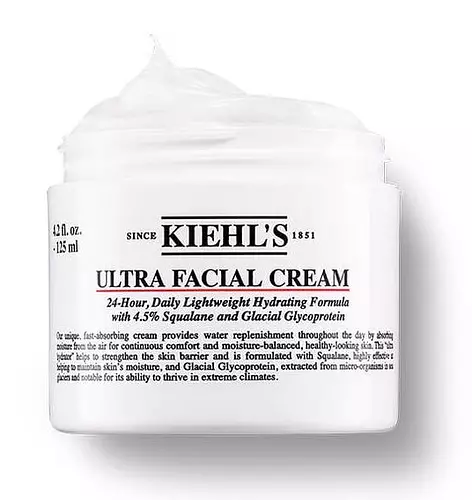
.jpeg)
